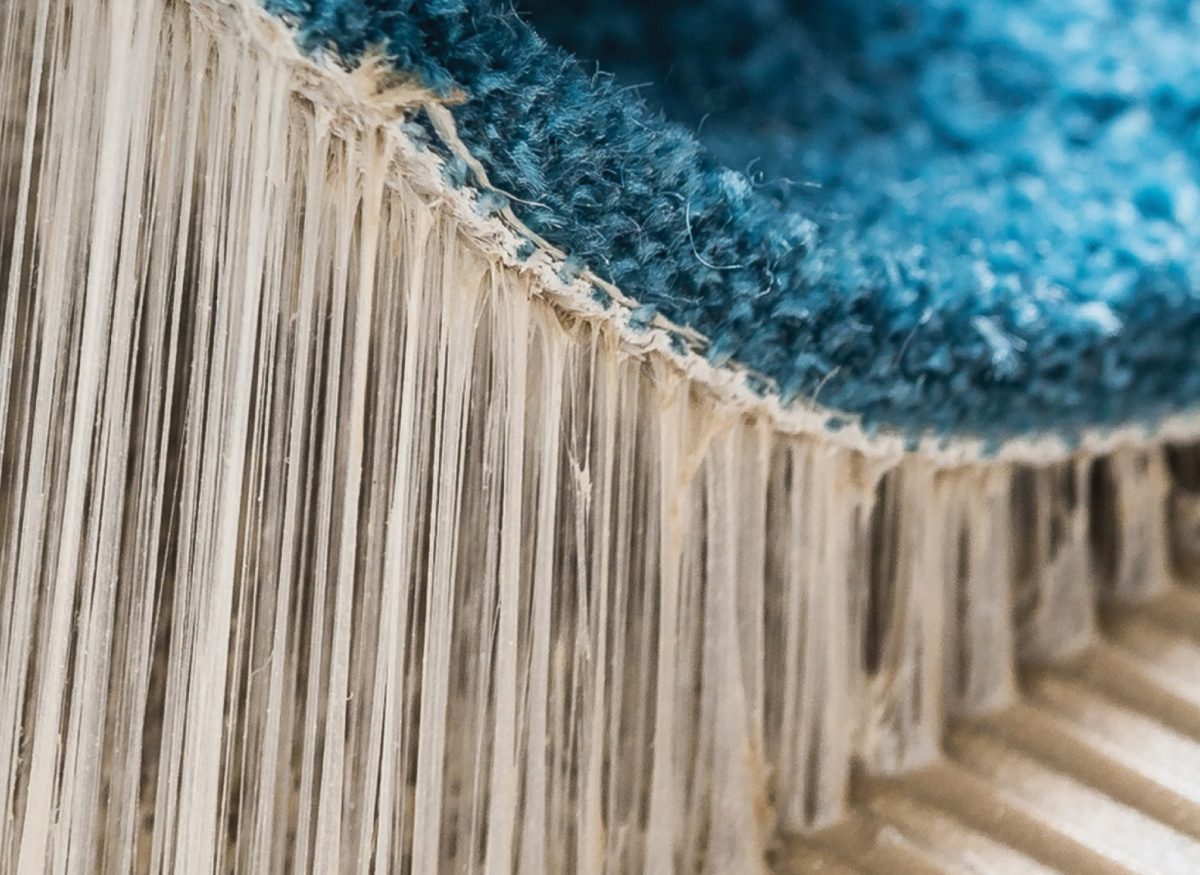
The term “resilient coverings” generally refers
to floor and wall coverings made from carpet, rubber or PVC. One of the
characteristics they have in common is resilience, a property that
allows these types of material to deform so they can absorb impact or
deformations without breaking.
What properties should a substrate have to make
it suitable for bonding these types of material?
- Mechanical
strength – Most
resilient materials do not distribute the loads acting on the floor. The forces
pressing down on the surface of resilient floorings are transferred almost
directly to the substrate. It isn’t unusual to notice the marks (albeit
temporary) left by desks and chairs on PVC flooring. The weight of these
objects acts directly on the screed and skimcoat under the flooring. Generally,
the compressive strength of screeds must be a minimum of 20MPA. MAPEI stocks a variety of screeds that
can be used as underlayments in resilient installations, such as Topcem, Topcem
Pronto and Mapecem Pronto. - Low
level of residual moisture – Even though this is a common requirement for all
substrates, it becomes even more important in the case of resilient materials.
PVC and rubber are essentially impermeable, so if the level of moisture in the
substrate is too high, they will swell or detach from the surface. According to
current standards, a carbide hygrometer should be used to measure the level of
residual moisture in the screed. Moisture barriers such as MAPEI’s Eco Prim PU
1K can be used for consolidating and waterproofing cementitious screeds. - Flatness
– Considering
the compact thickness of resilient materials, if any imperfections or
irregularities in the substrate are not eliminated, they show up clearly on the
surface of the flooring. Flatness, therefore, must be guaranteed by taking
special care when making the screed. A practical way of levelling off the
surface of a screed and making it flat is to apply a skimcoat, such as Mapei’s
Ultraplan Eco. Ultraplan Eco is a self-levelling, ultra-quick-hardening
smoothing compound for thicknesses of 1 to 10 mm. Ultraplan Maxi can be used
for thicknesses of 3 to 40 mm. Skimcoats are generally made from high-strength
fast-drying cementitious mortars, often with self-levelling properties.
While the three requirements above are
particularly important, they are not the only ones. All those working in this
sector know that curing, thickness, compactness, cleanliness and other factors
all play their part in the successful installation of resilient materials.
More
information from Geoffrey Green, Tel: +27 11 552 8476; Cell: +27 82 726 6830;
E-mail: g.green@mapei.co.za; Website: www.mapei.co.za
More news
- PART 2: HARNESSING THE POTENTIAL OF HIGH SULPHUR FLY ASH IN CONCRETE PRODUCTION
- PART 1: HARNESSING THE POTENTIAL OF HIGH SULPHUR FLY ASH IN CONCRETE PRODUCTION
- PART 2: DESIGN AND CONSTRUCTION OF SLAB-ON-GROUND: APPLYING ACI 318
- DESIGN AND CONSTRUCTION OF SLAB-ON-GROUND: APPLYING ACI 318
- DOK-ING’s innovative electric mining equipment unveiled at ElectraMining

